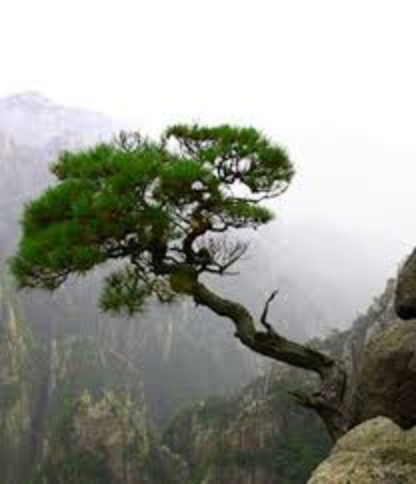
Do Pine Trees Grow in China?
Yes, pine trees do grow in China. In fact, China boasts a rich diversity of pine species, with some being unique and endemic to the region. Among these, the Pinus armandii, or Chinese white pine, stands out as a prominent representative.
Pinus armandii: A Native Chinese Pine
Pinus armandii, commonly known as the Chinese white pine, is a species of pine native to China. It holds significant ecological and economic value, shaping landscapes and supporting local communities across its distribution range.
Distribution and Habitat
This pine species thrives in the mountains of central and western China, stretching across provinces like Sichuan, Yunnan, and Gansu. Its natural habitat includes:
- Elevation: 1,000-3,300 meters (3,300-10,800 feet) above sea level.
- Climate: Cool and humid conditions with significant rainfall.
- Soil Type: Well-drained, slightly acidic soils.
Physical Characteristics
Pinus armandii is known for its distinctive features:
- Height: It can grow up to 35 meters (115 feet) tall.
- Needles: Evergreen needles are grouped in bundles of five and can reach lengths of 12-20 centimeters (4.7-7.9 inches).
- Cones: Large cones, 10-20 centimeters (3.9-7.9 inches) long, containing edible pine nuts.
Ecological Significance
Pinus armandii plays a vital role in its ecosystem by:
- Soil Stabilization: Its extensive root system helps prevent soil erosion in mountainous regions.
- Habitat Provision: The dense canopy provides shelter and food sources for various animal species.
- Carbon Sequestration: Like other trees, it contributes to carbon dioxide absorption, mitigating climate change.
Economic Importance
This species holds significant economic value in China:
- Timber: The wood is valued for its strength and durability, used in construction and furniture making.
- Edible Pine Nuts: The seeds are a valuable food source, rich in nutrients and enjoyed as a delicacy.
- Traditional Medicine: Various parts of the tree, including bark and needles, are used in traditional Chinese medicine.
Conservation Status
While Pinus armandii is not currently considered endangered, some populations face threats from:
- Deforestation: Habitat loss due to logging and land conversion for agriculture.
- Climate Change: Alterations in temperature and precipitation patterns may affect its distribution and growth.
- Over-harvesting: Excessive collection of pine nuts can impact regeneration.
Conservation Efforts
Efforts are underway to conserve this valuable species:
- Protected Areas: Establishing nature reserves and national parks within its distribution range.
- Sustainable Forestry Practices: Promoting responsible logging methods to minimize ecological impact.
- Reforestation Programs: Planting seedlings to restore degraded forests and expand its population.
| Feature | Description |
|---|---|
| Scientific Name | Pinus armandii |
| Common Name | Chinese white pine |
| Native Range | Central and western China |
| Height | Up to 35 meters (115 feet) |
| Needles | Evergreen, in bundles of 5 |
| Cones | Large, 10-20 cm (3.9-7.9 inches) long |
| Ecological Role | Soil stabilization, habitat provision, carbon sequestration |
| Economic Uses | Timber, edible pine nuts, traditional medicine |
| Conservation Status | Not currently endangered, but facing threats |
FAQs about Pine Trees in China
Are there pine forests in China?
Yes, China has vast pine forests, especially in mountainous regions. The distribution and types of pine species vary across different geographical areas.
What is the most common type of pine tree in China?
While Pinus armandii is significant, identifying the single most common pine tree is challenging due to China's ecological diversity. Other prevalent species include Masson's pine (Pinus massoniana) and Korean pine (Pinus koraiensis).
Are pine trees culturally significant in China?
Yes, pine trees hold cultural significance in China, often symbolizing longevity, resilience, and steadfastness in art and literature.